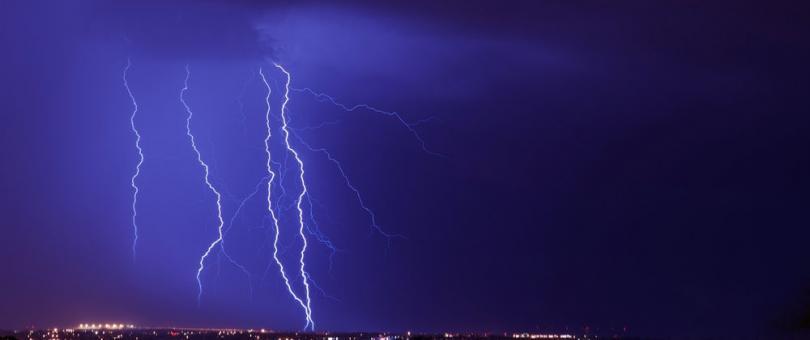Storms can be nasty. They get worse when they leave you with serious damage. HVAC system, roof, plumbing and electrical system are most likely to get affected. Today, we present you how-to stormproof your HVAC system.
This post contains a number of preventive tips to help you safeguard your HVAC system. Read carefully and be safe!
Before Storm
1. Prepare the AC units: If you’ve got window A.C. unit, remove them properly and store them inside. For central A.C. users, make sure you cool up your home beforehand if your current climate requires that.
2. Prepare for power surge: Power surges are very common during the storm. You must consider a surge-protection package for your household. Else, discontinue the use of power during the storm. Also, don’t forget to prepare an emergency kit in case the power goes out.
3. Cover the outdoor HVAC equipment: If some part of your HVAC equipment is outside, securely cover it before the storm is expected. Ensure that the equipment is well-fitted in its place. No loose screws and nuts.
4. Remove the loose material from surrounding area: When you’re dealing with outdoor HVAC equipment, you should also consider the other things which are lying close to it. Can they get blown away and hit your system? Are they capable of causing damage to the unit? If yes, remove those items readily.
5. Remove the filters: During a storm, it is necessary that you remove the filters to avoid excessive damage to the unit. Storm can soak these filters and make the entire unit malfunction.
During storm
6. Turn off the breakers: Better turn off the circuits at thermostat and breaker box during the storm.
7. Try not to use the unit during the storm: Your system will be safest if you don’t use it during the storm.
After Storm
8. Assess the damage: If you’ve done the before and during part well, it is very unlikely that your system gets damaged in any way. To be safe, just go out and re-check your HVAC system to ensure that everything is in place.
9. Switch on the breakers: Once you check the outdoor equipment and find everything fine, you should switch on the breakers and slowly turn on the entire unit. Look for any unusual noises. If they’re, something in your HVAC system has been damaged. To avoid further harm, switch off the system and call for an HVAC repair serviceman.
10. Replace the window A.C. units: If you removed any window A.C. unit, put it back. Be careful while lifting such heavy weights. They can cause injuries. Don’t attempt it all alone.
11. Be careful in case of flooding: If there was any flooding because of the storm, don’t switch on the HVAC system until a professional check your system and assesses the possible damage.
12. Clean the HVAC system: remove dirt and debris using a vacuum with HEPA filter. Disinfect the component surfaces using chlorine bleach. The system should be very clean before you start using it again. We recommend asking an HVAC repair professional to do this task for you to avoid serious errors and damages.
Our motive was to cover everything that can help you keep your system stable and safe. We hope you found this helpful. Pass it forward if you did!


